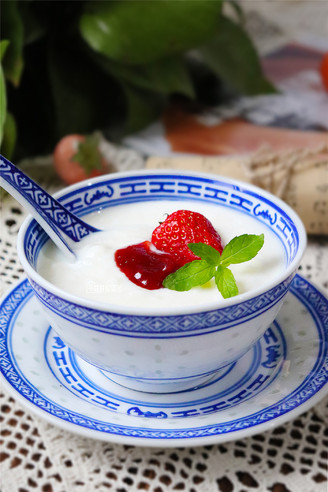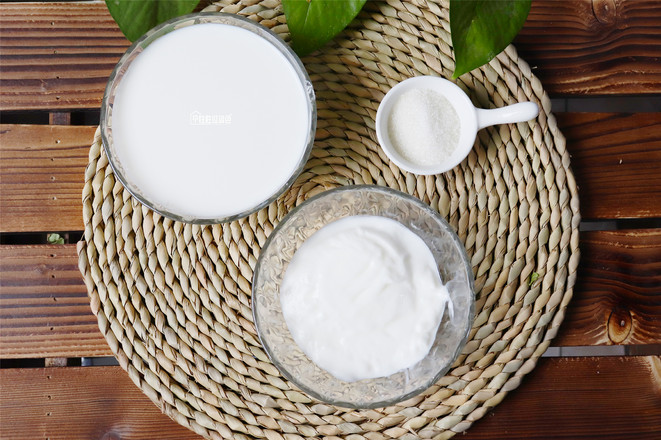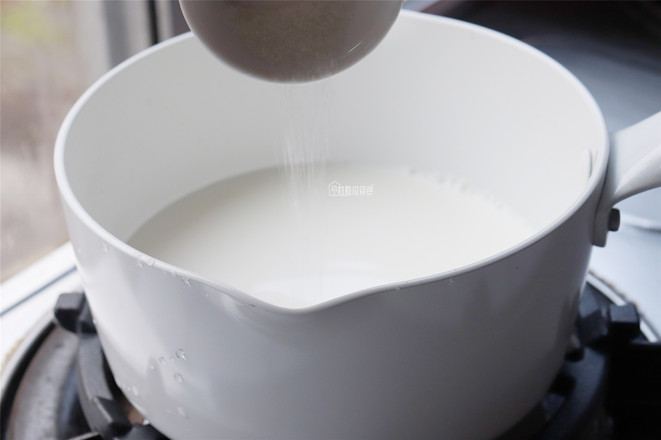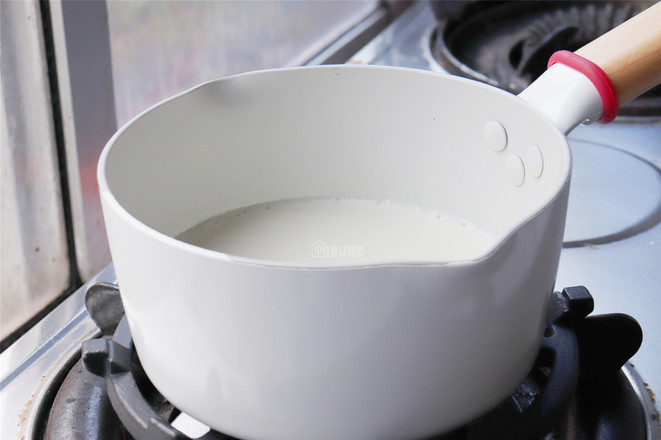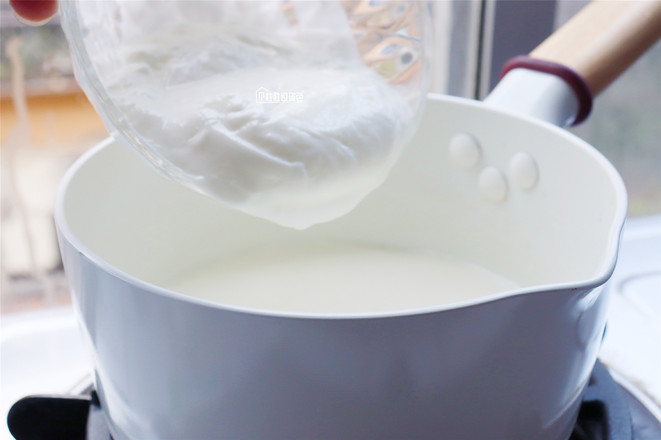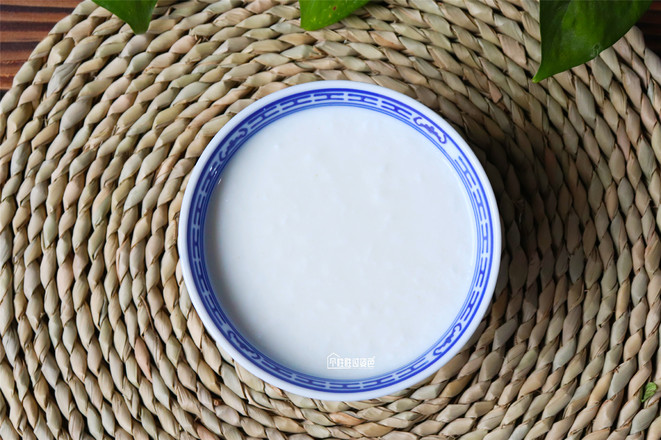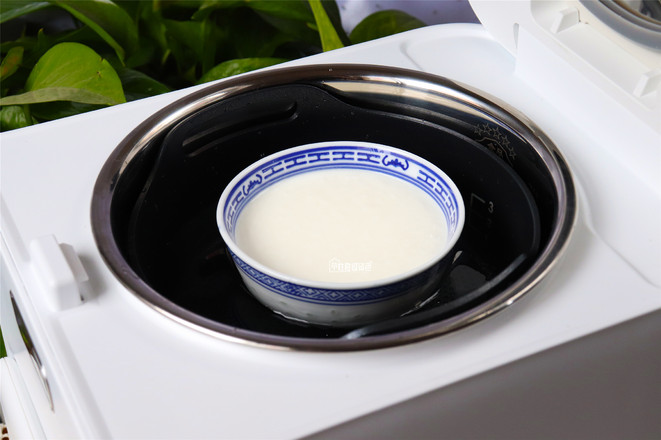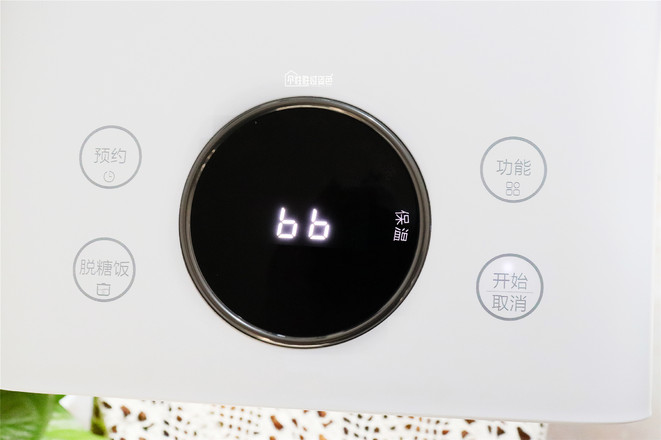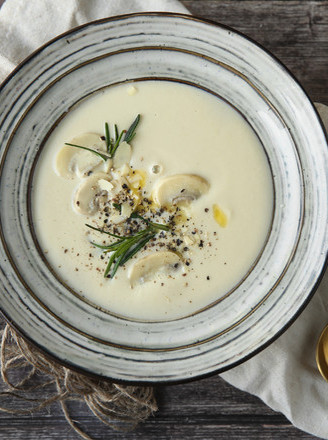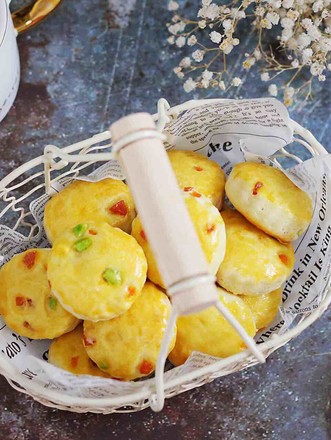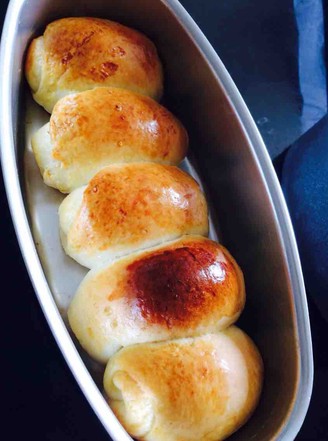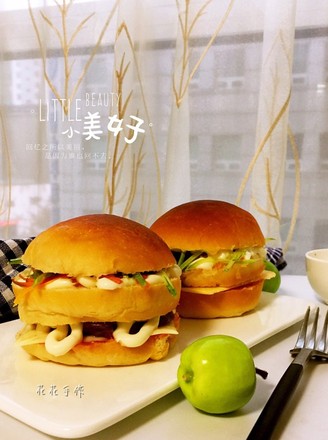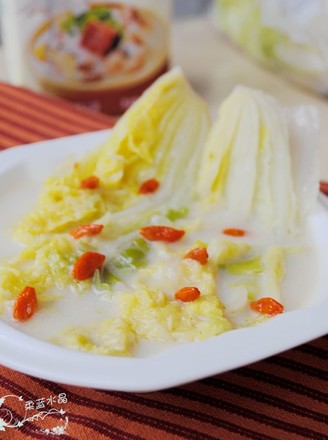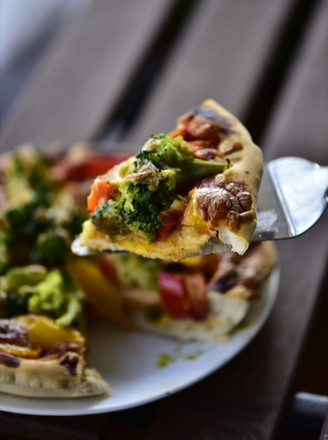Homemade Yogurt
by Personality is better than beauty I
Favorite
Difficulty
Easy
Time
15m
Serving
2
The homemade yogurt is very thick, and it is naturally fermented. It is not like the taste of unscrupulous merchants with thickening agents. It is very delicious. The method of sharing this yogurt today is the lazy method. You don’t need a yogurt maker, a yogurt cup, just a rice cooker, and you only need to thoroughly disinfect all the utensils you touch. It is not a big problem to make a successful yogurt. . Milk can only be used pure milk or whole milk, not milk beverages instead. The ratio of milk to yogurt is 4:1. The probiotics in yogurt will multiply by itself. A little bit of yogurt can turn milk into yogurt. The prepared old yogurt can be added with honey, jam, various fruits, raisins, etc. you like at the same time, and the taste is more delicious. There is also a small reminder, the best time to drink yogurt is about 2 hours after a meal, at this time the stomach acid is diluted, and the pH in the stomach is most suitable for the growth of lactic acid bacteria.

